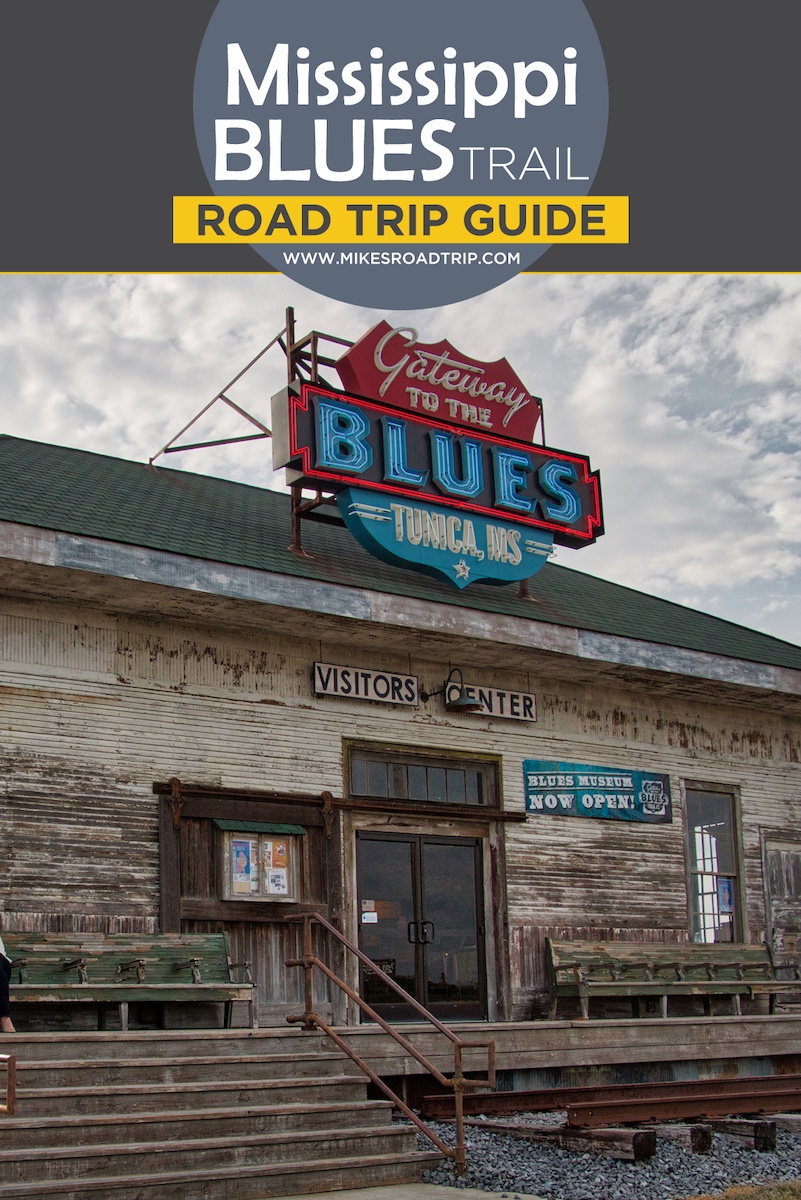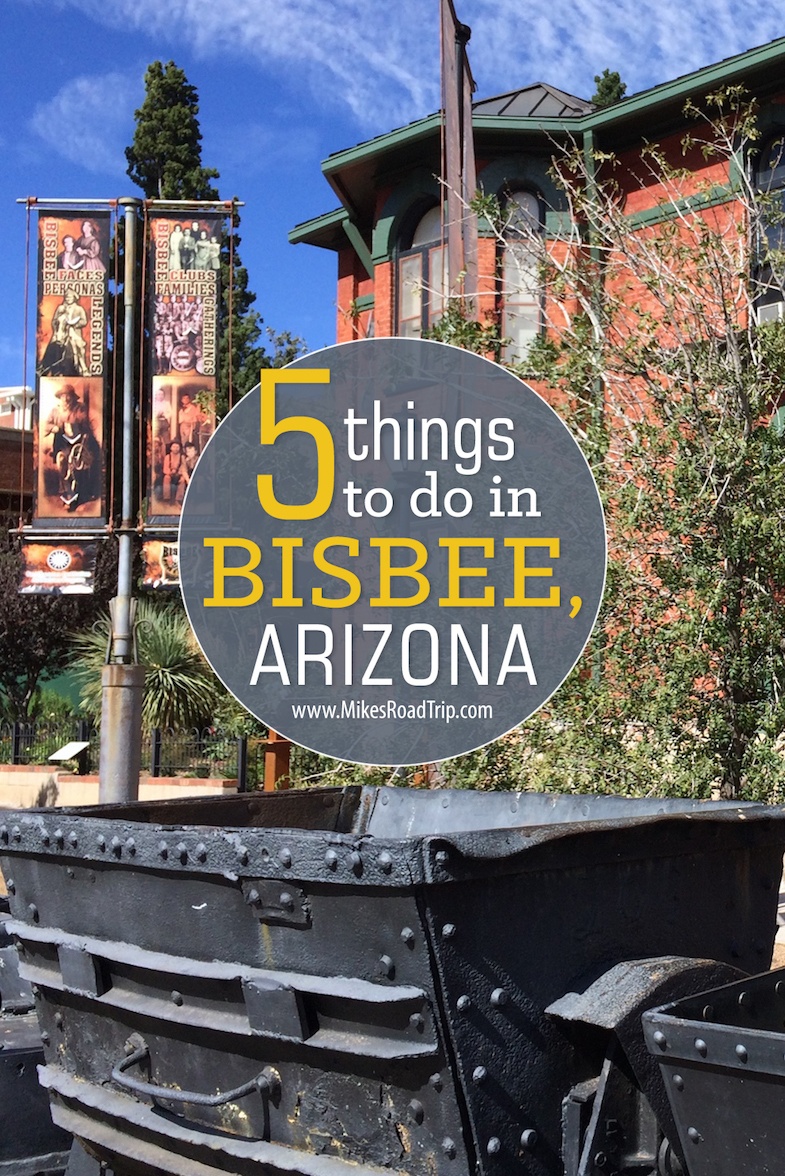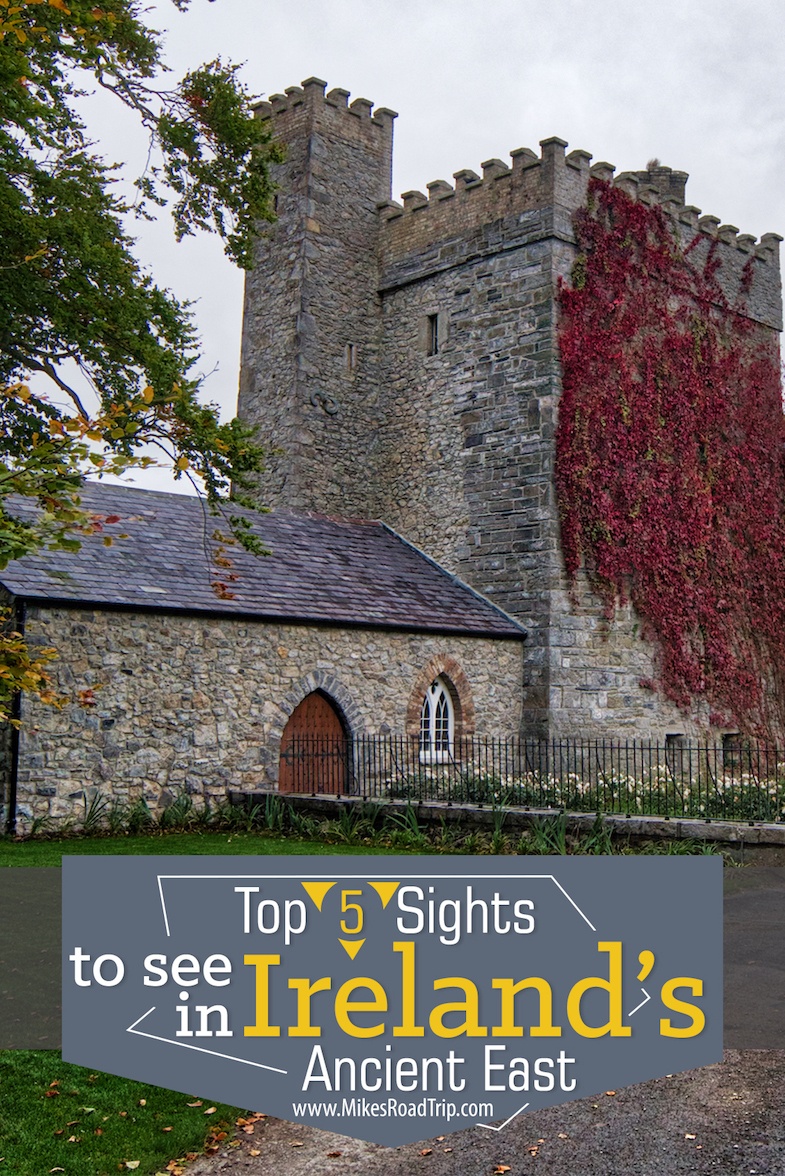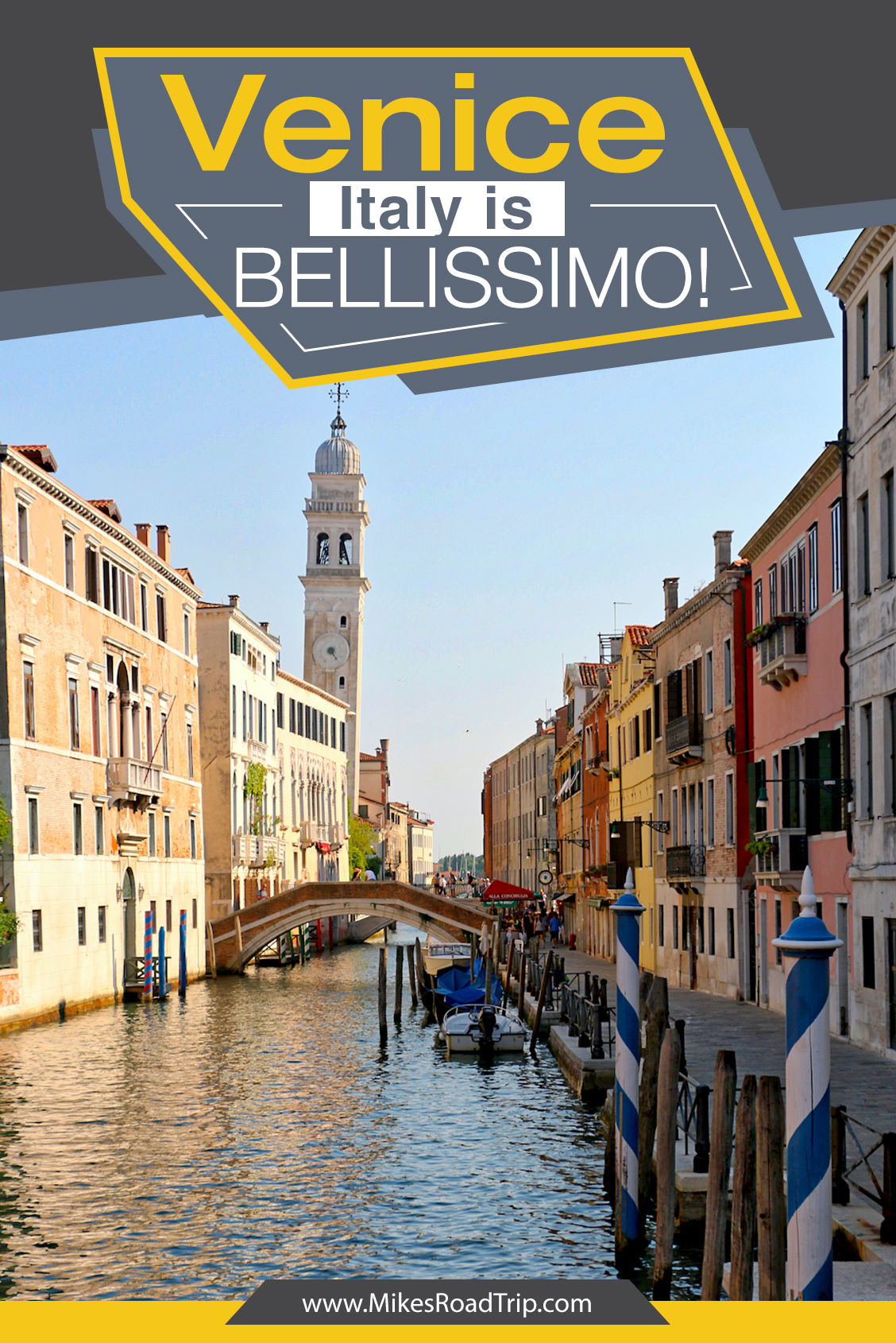Want to See London? Hop on the Bus!
Guest Post by: Allison Townsend
Nothing is more recognized as hailing from London than the double-decker bus. Quite rightly, these bright red vehicles end up featured in many travelers’ photo albums after a visit to the United Kingdom. However, in addition to being picturesque, these buses offer insight into London’s history and a fantastic way to see the city. The next time you catch a flight to London for a holiday, do your sightseeing on the bus, using the following tips.
A Layer of History
London has been an important crossroads since Roman times, but travelers to the city weren’t able to catch inexpensive transportation to the neighborhoods they wished to visit until relatively recently.  The first buses, or ‘omnibuses’ as they were first known, were pulled by horses and, though affordable, were quite slow. A few of these in London had downstairs seating and a cheaper open-air area above, but they weren’t particularly popular or comfortable. Motorized buses, both single- and double-decker, came about in the early 1900s, and in the 1920s they started covering the roof of the top layer. The iconic, red double-deckers that came to symbolize London first served passengers in the mid-1950s, and are still commonly seen on the streets of the city.
The first buses, or ‘omnibuses’ as they were first known, were pulled by horses and, though affordable, were quite slow. A few of these in London had downstairs seating and a cheaper open-air area above, but they weren’t particularly popular or comfortable. Motorized buses, both single- and double-decker, came about in the early 1900s, and in the 1920s they started covering the roof of the top layer. The iconic, red double-deckers that came to symbolize London first served passengers in the mid-1950s, and are still commonly seen on the streets of the city.
An Orientation
London’s bus network is extensive, but not confusing. It consists of both double-decker and single-decker buses, and it links up seamlessly with the London Underground system. Bus tickets cost £2.40 for a single journey if you buy them one by one from a ticket machine (located near many important stops, like the ones connecting to Underground stations). However, if you get an Oyster card, London’s prepaid transit smartcard, then you will receive a discount to £1.45 per trip. You can also get a bus pass for seven days or a month, which may make sense if you’re staying for a few days and expect to ride the bus frequently. It’s important to note that while the London Underground has fare zones, the entire London’s bus and tram network operates on a flat fee system.
A City Tour
London’s top sights are all accessible by bus; important bus route hubs to remember are at Trafalgar Square and at Tottenham Court Road.
From Trafalgar Square, you can catch the No. 9 toward Hammersmith and take in St. James Palace, Hyde Park, Harrods and the Royal Albert Hall en route. Catch the No. 15 the opposite direction, toward Blackwall, and you’ll be taken by St. Paul’s Cathedral and the Tower of London. Or, take in Westminster Abbey, the Houses of Parliament and Westminster Cathedral on the No. 24 or No. 11 toward Pimlico or Chelsea. From Aldwych Station, just one stop to the east of Trafalgar Square, you can catch the No. 188 across the Thames and on to North Greenwich. The RV1 route, a popular one with sightseers, goes from Aldwych across the river to Waterloo and the London Eye and then passes the Tate Modern Gallery and Bankside on the south bank, then crosses back via the Tower Bridge, ending near the Tower of London.
From Tottenham Court Road, don’t miss the quintessential view of a British high street by taking one of the Nos. 10, 73 or 390 to Marble Arch. This is a key route to sit on the upper deck and take photographs of the streets you pass. Staying on the Nos. 10 or 73 past Marble Arch will take you down to Hyde Park Corner. The No. 73 continues down to Victoria Corner, a good stop from which to walk to the Royal Mews and Buckingham Palace.
Bus Etiquette
As in many densely populated cities, London’s public transport has its own etiquette. To stay on the right side of the locals, while on buses try to do what you observe others doing. That is, let elderly passengers and people with small children or prams board the bus before you. When on the bus, move to the middle or upstairs to make way for those coming on and off the bus. If you can, give your seat to someone who is more in need than you are, like an expectant mother. If you’re wearing a rucksack or traveling daypack and the bus becomes crowded with commuters, take your bag off your back or shoulder and hold it as you would a ladies’ handbag, to make sure you’re not inconveniencing anyone behind you. London transit riders rarely make eye contact with one another; however, when exiting the bus, it’s good manners to thank the driver out loud.
About the Author: Allison Townsend lived and worked in London for two years, so she knows the ins and outs of London public transit.





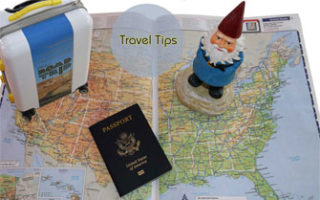




![Top-5 Best Places to visit in Belgium beyond Brussels [video included]](https://mikesroadtrip.com/wp-content/uploads/2020/07/Pin-6b.jpg)
![Top-10 Most Interesting Facts about Arizona [Video Included]](https://mikesroadtrip.com/wp-content/uploads/2020/07/Pin-2.jpg)

























